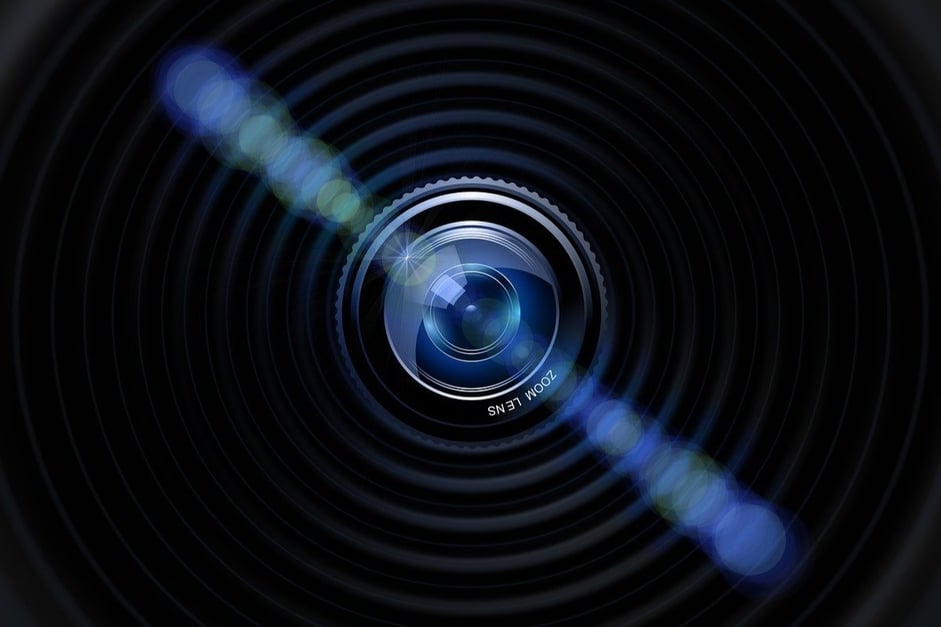Everyday Camera Capabilities
 Since it was first clicked in 1814, the camera and the chemistry used to produce photographs have advanced dramatically.
Since it was first clicked in 1814, the camera and the chemistry used to produce photographs have advanced dramatically.
It should come as no surprise that cameras continue to evolve alongside the latest and greatest innovations, from the first automatic camera in 1959 to the first publicly shared picture via cell phone in 1997 to the first 3D camera with 3D printing capabilities in 2009. The list goes on.
Today we are buying cameras that have WiFi, hotspot, and Bluetooth sharing capabilities, as well as built-in GPS for geotagging. Amazing camera technology is now at the palm of nearly five billion people worldwide with evolving sensors, 5G connectivity, and mirrorless shooting. As the capabilities of cameras have changed, so too have their purposes.
Camera technology is used for security, automotive, telecommuting, and much much more. On the consumer level, QR codes, scanning important documents, and even accessibility purposes far exceed the scope of use cameras were originally designed for.
So where do these innovations come from? Countless hours, days, and years of testing. We often take for granted the advances in technology without acknowledging the resources that led to them. Consider the camera battery. It needs to charge to full capacity (safely), but it also must work in a variety of conditions, whether that be cold, heat, or extreme humidity. Businesses can’t market to only certain climates, especially when the technology, as in the medical field, is life-saving.
To ensure their products perform as intended in any setting, companies research and conduct rigorous quality and reliability testing in harsh conditions to ensure they perform as intended and set expectations for potential consumers.
You reap the benefits of this testing anytime you log on to work from home and join a virtual meeting, check for a package through an Alexa Ring device, monitor your baby’s nap, or open a contactless restaurant menu by scanning a QR code with your phone.
In more serious situations, you can trust your car’s dashcam to record an accident you involved in, or check the security footage for your house when you’re away. Police departments rely more and more on body cameras to record incidents.
Cameras have come a very long way since 1814, and they will continue to evolve and change our lives on the back of environmental testing.


